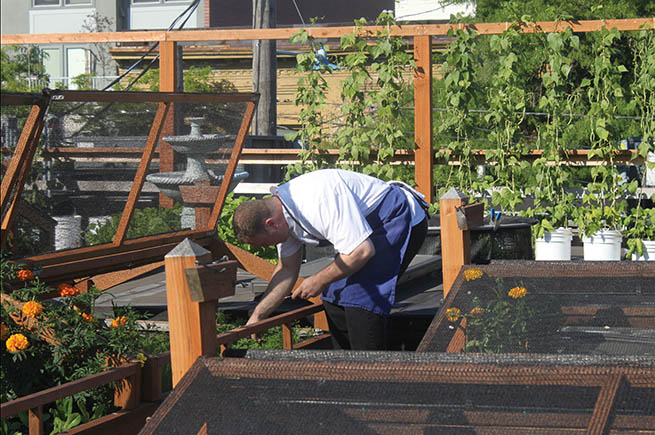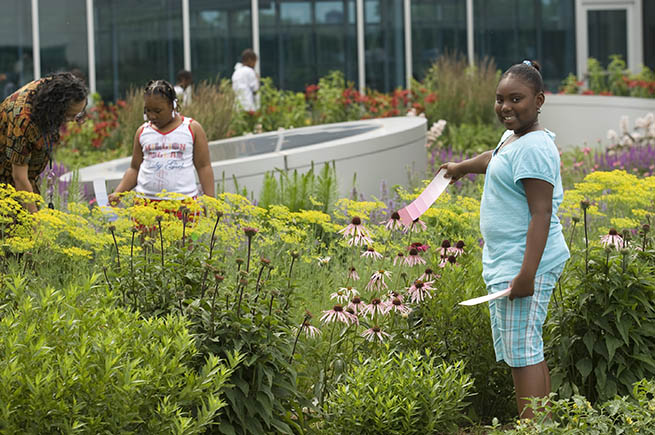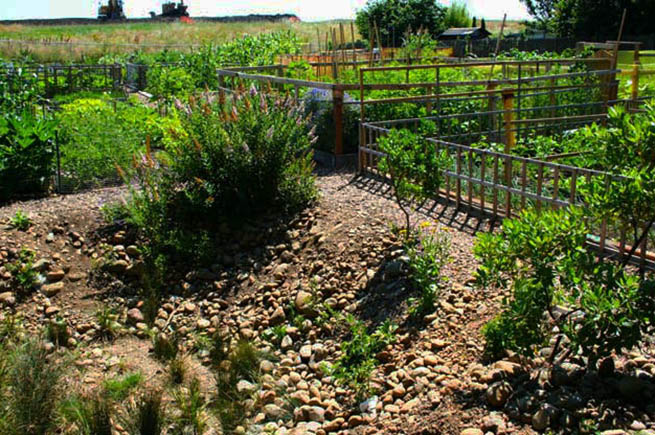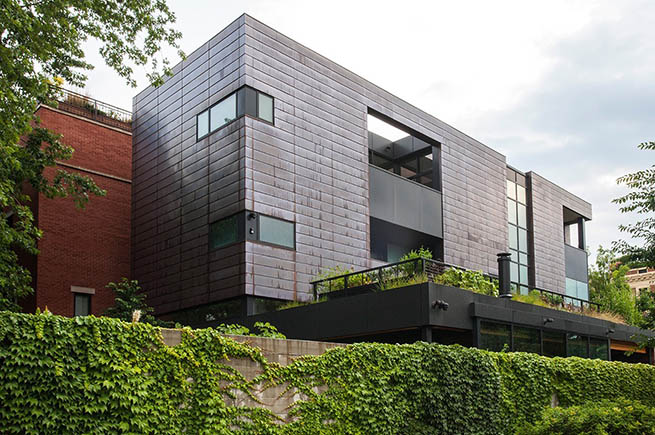Here are some top reasons for creating a sustainable and low
maintenance food garden. Residential food gardens—in cities, suburbs or rural
areas—continue to be a highly popular landscape element among consumers,
according to a survey
of residential trends by the American Society of Landscape Architects.
1. Be environmentally friendly. Food
gardens can be easy, rewarding, and sustainable. For starters, don’t spend a
dime on mulch when you can reuse your leftover leaves from the fall.
Additionally, grass clippings from other parts of your yard make an excellent
weed suppressant.

2. Improve food security. Residential food
gardens connects us to our food system and nourishes our community’s wellbeing
and security. Just by planting tomatoes and other produce, residents can
improve their food security. Growing food in community gardens increases social
cohesion and resiliency.

2012 ASLA Honor Award, Productive
Neighborhoods: A Case Study Based Exploration of Seattle Urban Agriculture
Projects, Berger Partnership / image: Berger Partnership3. Spread low-maintenance plants. Many
classic vegetables like tomatoes must be started from seeds. However, perennial
plants offer a lower-maintenance alternative and come back every year. Some great
examples include asparagus, especially the purple passion variety, as well as
blueberry bushes, blackberries, and rhubarb.

4. Add flavor to your meals. Herbs can
make for an especially sustainable food garden, as many prefer hot and dry
areas of your yard. Chives, sage, and tarragon will return every year. A great
idea is to explore the many varieties of mint, like chocolate, marshmallow, and
fruit salad, which carry flavors that match their names.

5. Build new connections to the land. Give
people, especially children, a connection to the land that is missing in many
urban areas. People of diverse cultural backgrounds in U.S. cities are
developing a common bond to land and agriculture. Growing food is an opportunity
for younger generations to awaken to food issues.

2010 Professional Honor Award,
Rooftop Haven for Urban Agriculture, Hoerr Schaudt Landscape Architects / Scott Shigley6. Regenerate brownfields. Providing a positive use for neglected or underutilized areas, especially in brownfields,
which are abandoned, environmentally contaminated industrial or commercial
sites. Remember to test your site for residual soil toxicity before you plant.
If the soil is toxic, your options include planting above the soil or bringing
in new soil. Mushrooms
and other plants are also known to remove pollutants.

NE 72 Ave Community Garden, Portland / Rebecca Wahlstrom, ASLA, The Landscape Architect’s Guide to
Portland, Oregon7. Empower your community. Show people
that growing food is possible and that new forms of community can come out of
this, as you share your produce with neighbors. People growing food find have
improved access to healthy food (it’s right at home!); help create new public
spaces in neighborhoods, and get exercise and therapeutic benefits from being
outside socializing. Growing food is also a potential source of income.

2012 ASLA Award of Excellence, Drs. Julian
and Raye Richardson Apartments, Andrea Cochran Landscape Architecture / image:
Bruce Damonte8. Show urban leaders growing food at
home makes sense in cities, too. While growing food at home breaks the law
in many U.S. cities, innovators like New York, San Francisco, Chicago, Detroit,
Cleveland, and smaller cities like Madison, Wisconsin, are now changing
regulations to accommodate the growing numbers of urban farmers. In those
communities, many types of private and public spaces -- front and backyards,
courtyards in multi-family complexes, abandoned lots, and building rooftops --
can now be legally transformed from unproductive spaces into low-cost sources
of nutrition.

2014 ASLA Honor Award,
City House in a Garden, McKay Landscape Architects / image: Linda Oyama Bryan